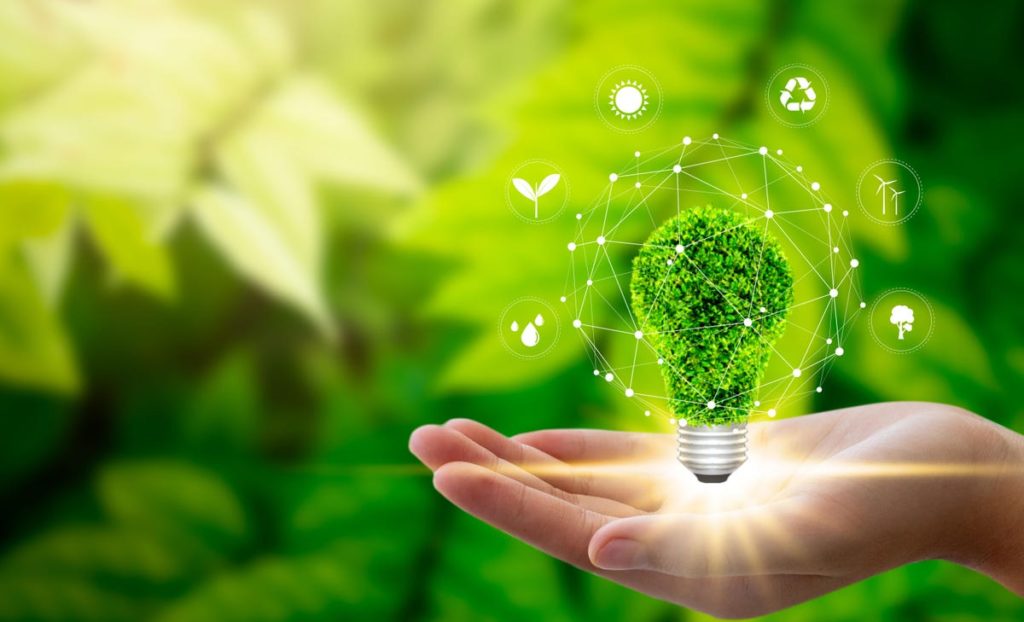
Sustainability Management
Environmental Management
- To aim continuous improvement with a resource and waste management system that will prevent environmental risks by applying the requirements of TS EN ISO 14001 Environmental Management System standard for sustainable environment,
- To fulfill our compliance obligations within the framework of legal conditions, other conditions from our suppliers and customers, to make continuous improvement studies for the continuation of our environmental sensitivity with employees,
-
Reduce and recover the amount of waste that may occur at each stage of activity at the source with financial and technical support, monitoring our resource consumption, to fulfill recycling and/or disposal processes in a way that causes the least possible damage to the environment, to manage energy resources and possible leaks,
- To raise awareness of our employees on the environment and waste management and to ensure their proactive participation,
- To try to prevent environmental pollution with permanent solutions, the reduction of climate change and adapt to changes,
- Designing our facilities and future investments to save energy,
- To minimize the damage to the environment by using our natural resources economically,
- To produce environmentally friendly products and services,
Energy Management
What is Energy Management?
Energy management can generally be defined as the proactive, organized, and systematic management of energy use in an organization in order to meet both environmental and economic requirements. Energy management models can be encountered in all industries as a way of reducing operating costs. These models, which differ by industry in terms of specific requirements and applications, mostly include the following steps;
- Collecting energy data and measuring energy production
- Determining what can be done for energy saving
- Monitoring the progress and improvement shown
Water Management
What is Water Management
Water management is the activity of planning, developing, distributing, and managing the optimal use of Water Resources. Water is the most basic need of humanity. This concept allows efficient management of water savings in order to prevent the predicted water shortage in future generations.
Some of the ways of water-saving methods are as follows:
Water Harvesting: The water harvesting technique is carried out in two ways: rainwater harvesting and groundwater harvesting.
Rainwater harvesting: A method of collecting and storing rainwater in natural reservoirs or tanks, or infiltration of surface water into underground aquifers.
Groundwater harvesting: Groundwater harvesting is a method used to store water placed underground to control groundwater flow in an aquifer and raise the water table.
Water habits: There are various habits to conserve water. Smart techniques can be used to save water, such as while washing clothes. Fixing leaky taps, keeping the tap off while brushing teeth, taking a quick shower instead of long baths are a few examples of water savings.



